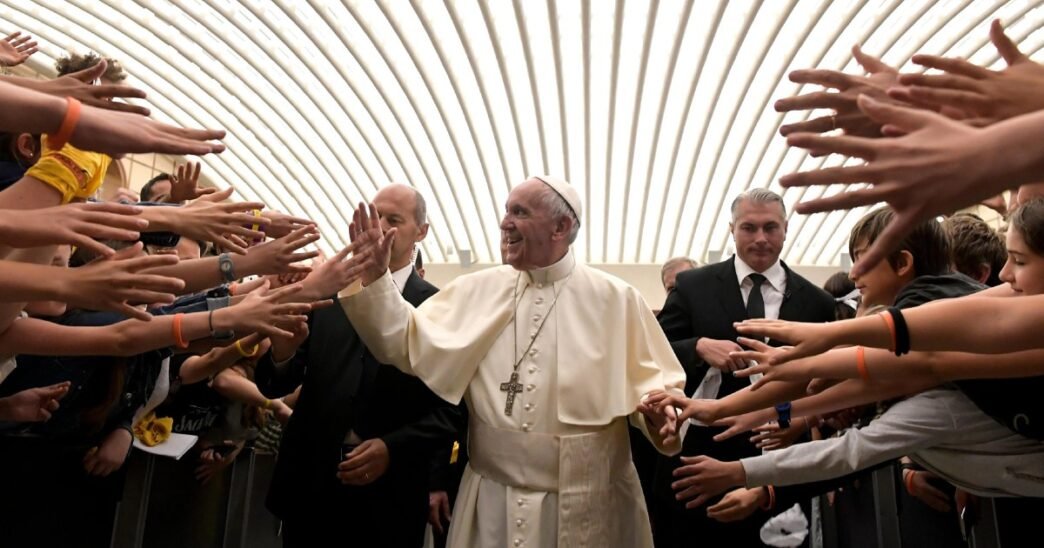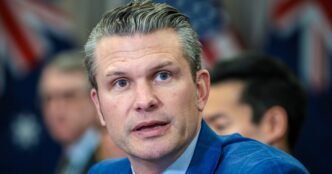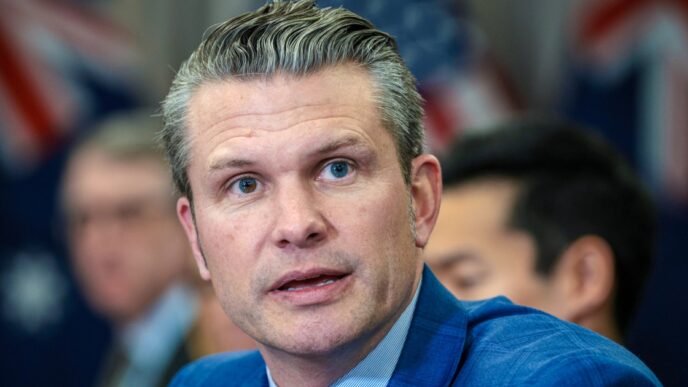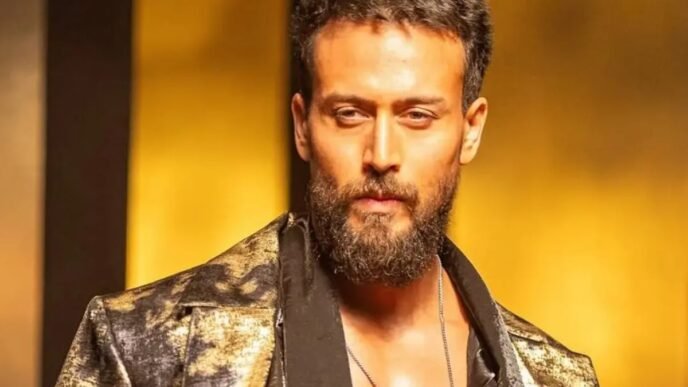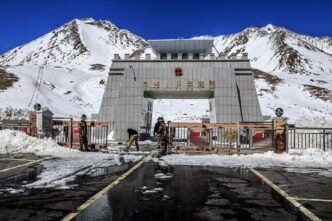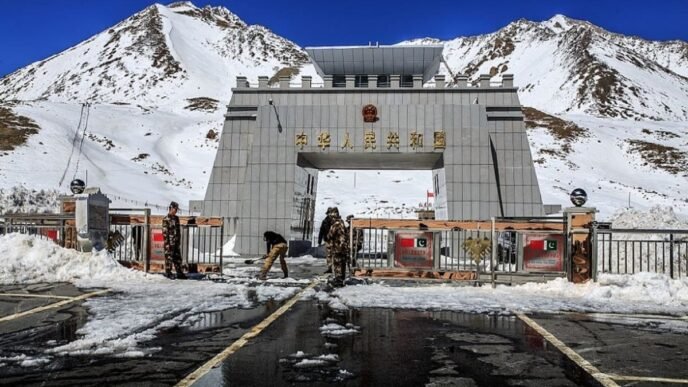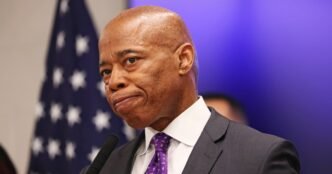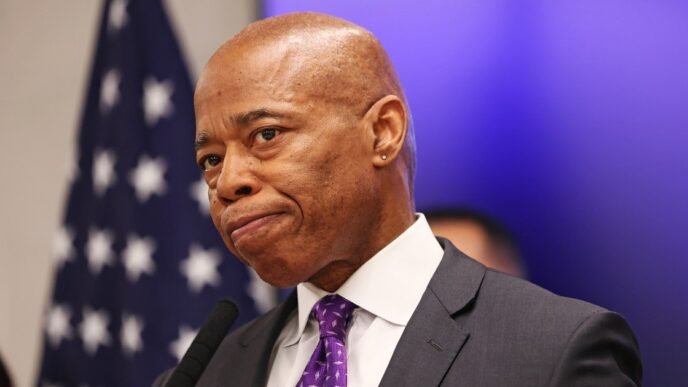For Elijah Smith, who grew up Lutheran and Southern Baptist, Pope Francis’ teachings that centered on social justice and recognition of the marginalized helped to influence his decision to convert to Catholicism a year ago.
“He led by example,” said Smith, 22, a college student from Rockwell, North Carolina, “and he was very accepting. Accepting of the LGBTQ community, accepting of immigrants and very understanding of different cultures.”
Follow live coverage
But with Francis’ death Monday at 88, the Catholic Church is at a crossroads: After 12 years of his leadership, does it continue on a progressive path to invigorate new followers with a message of inclusivity, or return to traditional roots at a time when some have yearned for church doctrine bound by conservative customs and liturgy?
Megan Mlinarcik, who was raised Catholic, said she hopes to “keep the tradition that’s happened for hundreds of years” as a worshipper at a Latin Mass in the Pittsburgh area.
For centuries, the church’s traditional Mass was said in Latin and required priests to face the altar while having their backs to the congregation, until the Second Vatican Council in the 1960s sought to modernize rituals. Changes included Mass being conducted in local languages and laypeople becoming integral to the services’ readings.
But in 2007, Francis’ predecessor, Pope Benedict XVI, relaxed restrictions that allowed the celebration of Latin Mass to return.
Francis, however, set his own limits on the traditional Mass, saying in 2023 that it was “being used in an ideological way, to go backward.”
Mlinarcik, 41, attends Latin Mass services with her husband and six children in a church that has only grown post-pandemic, she said. Women wear veils, commonly called mantillas, as a sign of respect. Mlinarcik also moderates a Latin Mass Moms group on Facebook with 3,000 members.
“As traditional Catholics, we pray for the pope, and we want a pope who’s accepting of the Latin Mass and our traditional practices,” she added. “Of course, we want to see our religion grow, but there has to be a place for us.”
The next leader of the world’s roughly 1.4 billion Catholics faces a tall order — to unite a religion that has seen declines in some countries with significant Catholic populations, including the United States, and an explosive rise in others.
While the loss of followers has leveled off in recent years in the U.S., where there are an estimated 53 million adult Catholics, according to the Pew Research Center, the largest growth of the religion continues to be in Africa, the Vatican said in statistics released this year.
Africa and Asia also saw significant increases in new priests, according to the Vatican.
Mathew Schmalz, the founding editor of the Journal of Global Catholicism, said Francis — the first Latin American pope — made a significant choice to appoint new cardinals from developing countries and other nontraditional places.
“The Western world is no longer the center of the Catholic world,” said Schmalz, a religious studies professor at the College of the Holy Cross in Worcester, Massachusetts.
Francis made the plight of migrants a focal point of his papacy, and two months ago criticized the Trump administration’s efforts to conduct mass deportations in a letter to American bishops. It came after he rebuked then-presidential candidate Donald Trump during the fall for his plan to deport migrants, while also condemning then-Vice President Kamala Harris’ stance supporting abortion rights.
Whomever the cardinals elect as the next pope in a secretive gathering known as a conclave must grapple with the very specific needs of Catholics where the religion is thriving and has a viable future.
While marriage equality and abortion are often at the center of polarizing religious debates in the West, Schmalz said, “those aren’t necessarily the prim issues for people in the global south, who have to deal with, oftentimes, poverty, wealth inequality, social justice issues and the religion’s relationship with Islam.”
He said the cardinals may choose to select a pope who can continue Francis’ reforms, roll them back or simply “take a breather, let the reforms sink in, and allow the Catholic Church to catch its breath.”
“They’ll probably choose someone who has a pastoral style the way Pope Francis did, but who is not going to push reforms even further or necessarily roll them back,” Schmalz added.

